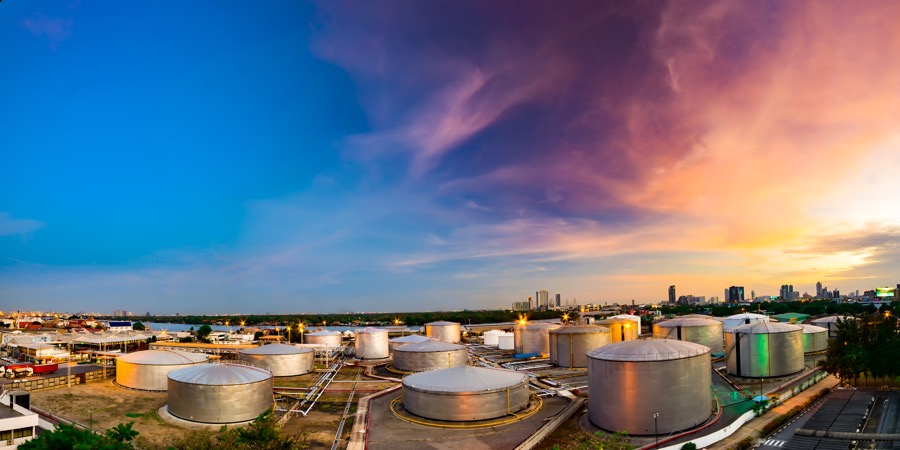The U.S. placed near-record volumes of natural gas in storage this injection season, according to the U.S. Energy Information Administration’s (EIA) Weekly Natural Gas Storage Report.
The amount of natural gas held in storage in the U.S. in 2019 went from a relatively low value of 1,155 billion cubic feet (Bcf) at the beginning of April to 3,724 Bcf at the end of October because of near-record injection activity during the natural gas injection, or refill, season (April 1–October 31). Inventories as of October 31 were 37 Bcf higher than the previous five-year end-of-October average.
Although the end of the natural gas storage injection season is traditionally defined as October 31, injections often occur in November. Working natural gas stocks ended the previous heating season at 1,155 Bcf on March 31, 2019—the second-lowest level for that time of year since 2004. The 2019 injection season included several weeks with relatively high injections: weekly changes exceeded 100 Bcf nine times in 2019. Certain weeks in April, June, and September were the highest weekly net injections in those months since at least 2010.
From April 1 through October 31, 2019, more than 2,569 Bcf of natural gas was placed into storage in the Lower 48 states. This volume was the second-highest net injected volume for the injection season, falling short of the record 2,727 Bcf injected during the 2014 injection season. In 2014, a particularly cold winter left natural gas inventories in the Lower 48 states at 837 Bcf—the lowest level for that time of year since 2003.
For more information visit www.eia.gov









